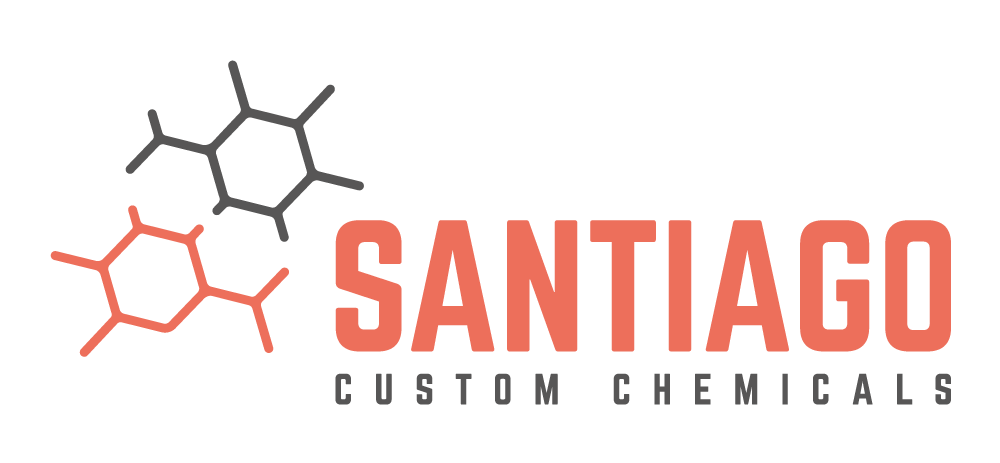- No products in the cart.
Tebbe and Petasis reagents
μ-Chloro[di(cyclopenta-2,4-dien-1-yl)]dimethyl(μ-methylene)titaniumaluminum (Tebbe reagent, Figure 1) is an organometallic reagent used to methylenation of carbonyl compounds. The main advantage of the Tebbe reagent over the traditional Wittig approach is its higher reactivity and broader substrate scope.

Preparation of Tebbe reagent
This reagent can be prepared from titanocene dichloride and trimethylaluminum in dry toluene (https://doi.org/10.1021/ja00479a061, Figure 2), and it is commercially available as a solution in toluene. Pure Tebbe reagent is a red pyrophoric solid.

Reactivity
By itself, it reacts readily with ketones, aldehydes and also amides, but its reactivity with esters towards enol ethers is very slow (https://doi.org/10.1021/jo00208a013). The reactivity with amides vs with esters might seem unintuitive initially, but it makes sense after studying the reaction mechanism.

Upon treatment with Lewis bases such as THF or pyridine, highly reactive Schrock carbene (titanocene methylidene) is formed. The methylenation of esters and other carboxylic acid derivatives proceeds via the oxatitanacyclobutane intermediate (Figure 3). Amides are stronger Lewis bases than esters, thus reacting more readily with Tebbe reagent than esters.

Application in synthesis
Tebbe reagent can be used for chemoselective methylenation of ketones and aldehydes in the presence of esters when toluene is used as a solvent (Figure 4, https://doi.org/10.1039/P19940003525) and when a Lewis-basic solvent such as THF is used, the reaction is selective for more electrophilic ketones and aldehydes even in the presence of an amide (Figure 5, https://doi.org/10.1351/pac199769030501).

Petasis Reagent
Tebbe reagent works very well for the methylenation of various carbonyl compounds, but if we wanted to introduce other alkenyl groups, it isn’t possible. Petasis reagent, similarly to Tebbe, forms a Schrock carbene derived from titanocene, so the reactivity is very similar, but other alkenyl groups can be introduced with it.

Petasis reagents (dimethylititanocene or other alkyl derivatives) can be prepared by treating titanocene dichloride with alkyl Grignard or alkyl lithium. It further decomposes into the corresponding Schrock carbene by eliminating the corresponding alkane upon heating (Figure 6). The choice of alkenyl groups that can be introduced is still limited; alkyl substituents bearing beta hydrogen (with respect to titanium) that could undergo elimination don’t perform well when used to prepare the Petasis reagent (https://doi.org/10.1021/ja00437a019). Nevertheless, groups like benzylidene can be easily introduced (Figure 7, https://doi.org/10.1021/jo00031a006).

If you are interested in organic reagents, you can find more articles here.

